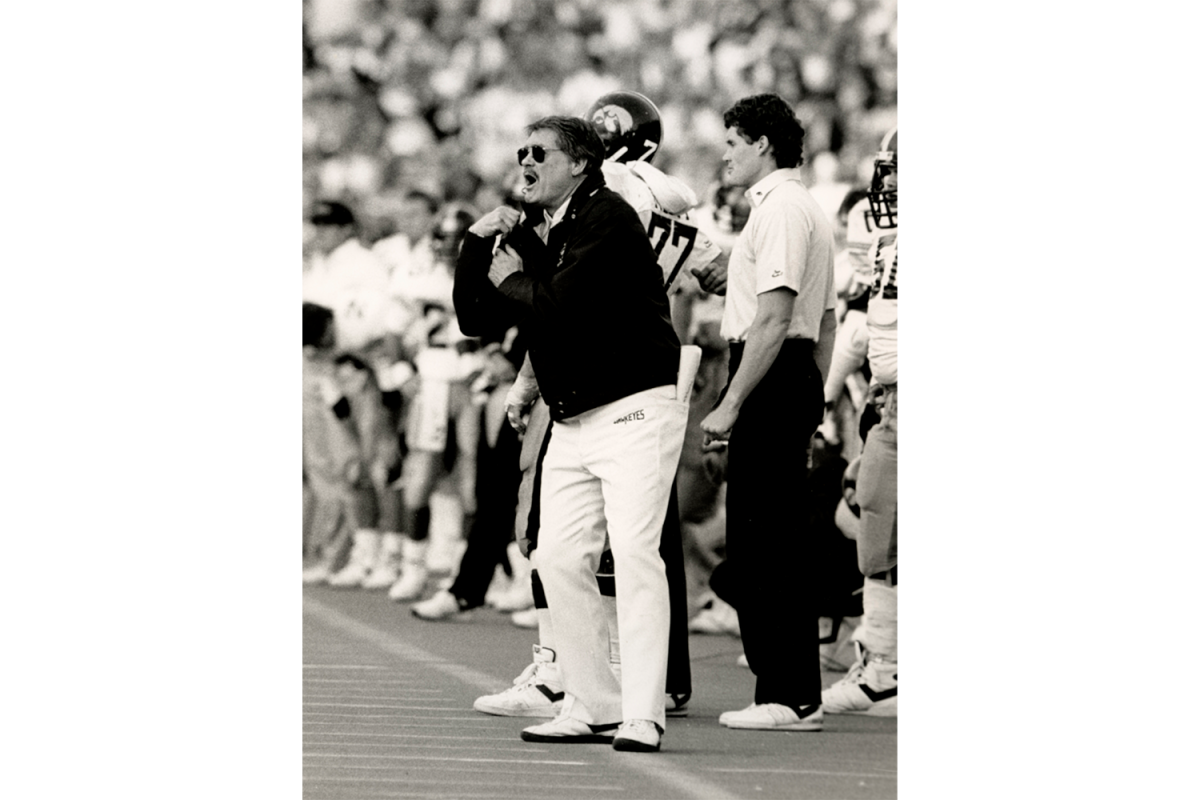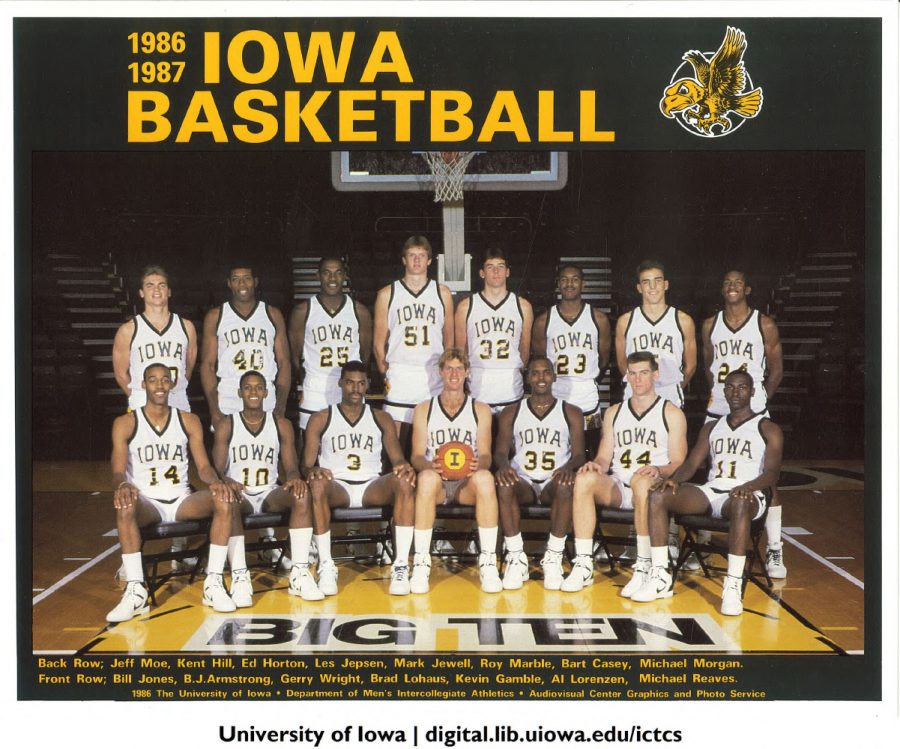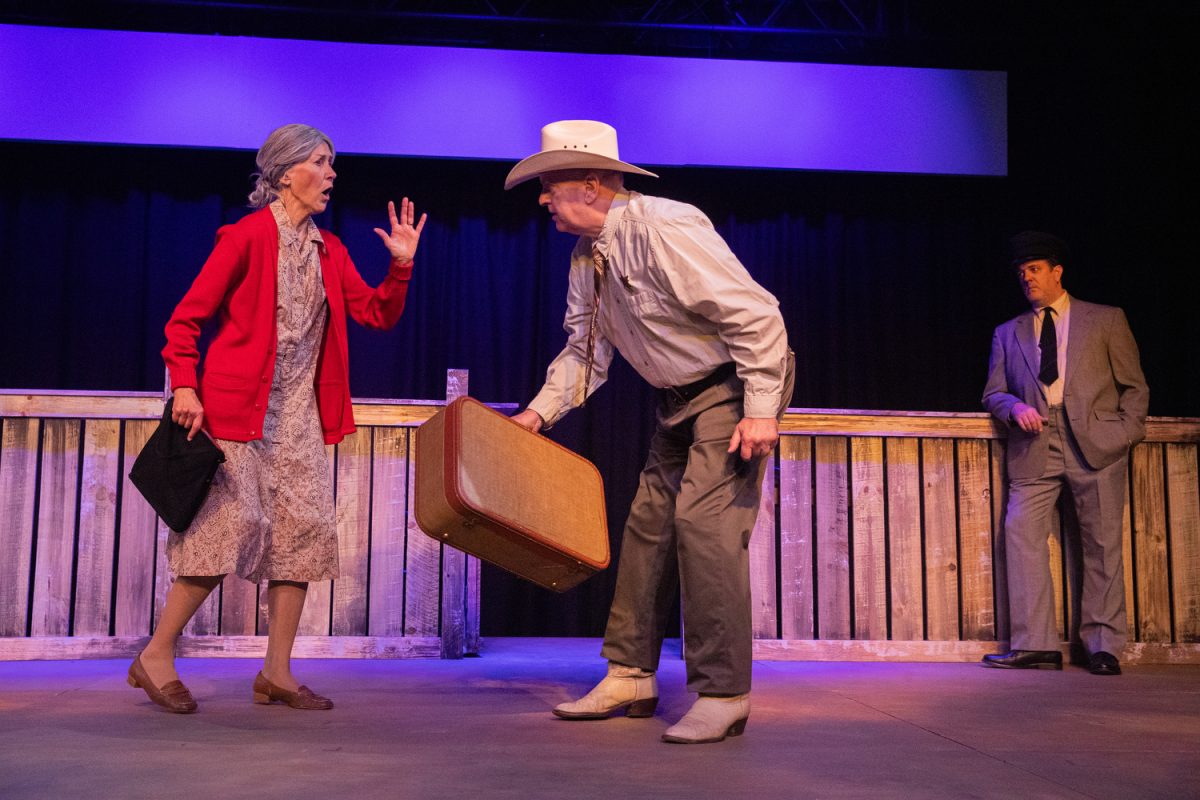Gentrification is sweeping the nation and has been for a while. It is difficult to find a major city — or even a small city — in the United States today that isn’t engaging in some sort of “community improvement.” On its surface, this process seems to be positive: the introduction of more luxurious amenities and living options as a community shifts from lower class to middle or even upper class.
Today, developers across the country are attempting to build gentrification out of thin air. A dictionary definition, on the other hand, shows that gentrification is a process that occurs as middle-class or affluent individuals enter a community. According to Merriam-Webster, as poorer residents are displaced by the incoming individuals, a community begins to experience a revitalization of sorts. This, however, is not exactly what is happening around the country.
Rather than allowing middle-class individuals to slowly create gentrification as they enter a given area, developers are picking communities they want to gentrify and making it happen.
Last week, the U.S. Supreme Court ruled 5-4 against the state of Texas, finding that the way the state awarded nearly $10 billion in low-income tax credits between 1990 and 2011 reinforced segregated housing, thereby violating the Fair Housing Act, according to Al Jazeera America. Civil-rights groups had sued the state, arguing that the when developers were given money to rehabilitate or build affordable housing, builders kept low-income housing out of “white areas.”
The Al Jazeera article says California has similar struggles, noting that the affordable-housing crisis has become a major issue. Nearly 200 cities in California have adopted legislation that requires developers that build 20 or more housing units set aside 15 percent for affordable housing.
During the economic crisis, as foreclosures were occurring left and right, home ownership plummeted — currently at a 20-year low. The need for affordable housing is present around the country not just in Texas and California. Yet despite the trend, developers continue to pursue makeshift gentrification in areas that may otherwise be used for affordable housing.
And while it may not be an affordable-housing crisis as seen in California — in which the average cost of a home is 145 percent higher than the rest of the country — Iowa City is also experiencing some gentrification.
Two big projects in the pipeline follow this sort of gentrification in the Iowa City area, the new $9.5 million, 7,000-seat Coralville arena and the Chauncey.
The biggest concern voiced in a recent DI article with respect to the stadium was traffic, but bigger concerns may lie in whether the Economic Development Authority is focusing on the right priorities: the Editorial Board believes an arena in this smaller market will not offer such catalyst for growth in the Iowa River Landing area.
Additionally, there has been concern voiced about the Chauncey seemingly since the beginning of the project. A quick search on the DI website will reveal several articles expressing community-wide concern about whether the building is the appropriate development project to pursue at this time, given the desperate need for affordable housing.
Gentrification can be a good thing. But forcing such fast-acting economic alterations can result in severe ramifications. It is exciting to see Iowa City and the surrounding area grow, but in the process, it is important for the city to understand its identity. As the university grows, so does the town. It will behoove the city to explore gentrification with respect to this relationship rather than trying to create it on its own.






